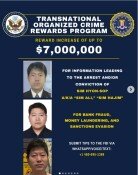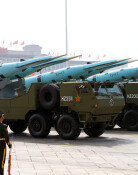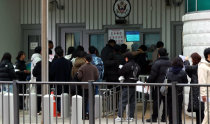More power plants for power shortage
More power plants for power shortage
Posted August. 19, 2013 04:15,
The Trade, Industry and Energy Ministry announced Sunday measures to manage power demand utilizing technologies of information and communication. The measures include inducing large buildings to install an energy management system (EMS) that can monitor energy use real-time while allowing other businesses to save power at night and sell it during the peak hours in daytime through an energy saving system (ESS). Replacing some 1.36 million light bulbs at subway stations and airport terminals with LED bulbs is also included in the plan.
Over the past several years Korea has feared blackout during peak summer and winter times. This years situation has been so serious that 2,367 businesses including conglomerates and department stores are forced to reduce energy use from 3 percent up to 15 percent. Public agencies were banned from turning on air conditioner for three days. Fortunately, Korea could avoid a worst-case scenario about power supply. However, many people complain that the country cannot resort to peoples sacrifice to secure power supply.
The measures are advanced by adopting the long-term and systemic approach utilizing the ICT technology. However, no one knows how many businesses, except certain conglomerates, will join the move because of high cost of equipment such as EMS and ESS.
Eventual solution to power demand management would be an increase in electric charges. Electric charges for household in Korea are about 25.3 percent of Germany and 75.4 percent of the U.S., while those for industrial use are about 50 percent to 60 percent of other major economies. Cheap electric rates have caused many to use electricity instead of oil or gas to run air conditioner or heater. Electric energy use in Korea has increased five times faster than that of other OECD member countries.
Demand management of electricity, however, has its limit. A fundamental solution could be an increase in supply by constructing more power plants. According to the 6th Basic Power Supply Plan, which was released early this year, 11 nuclear power plants need to be built by 2024. A thermoelectric power plant is being built on the east coast by civilian fund. The government should help ease regulations and solve peoples complaints regarding power plant construction. Tidal power generation on the west coast as well as new and renewable energy can be viable alternatives.
If a third party tries to intervene a problem that can be solved in a reasonable manner by residents, local government and KEPCO, the problem tends to grow worse just as seen in the case of the construction of radioactive waste disposal site in Buan, North Jeolla Province in 2003. The influence of a third party has adversely affected to problems as shown in the case of the construction of power transmission towers in Miryang. It is time to come up with ideas to solve on-going power deficiency.







